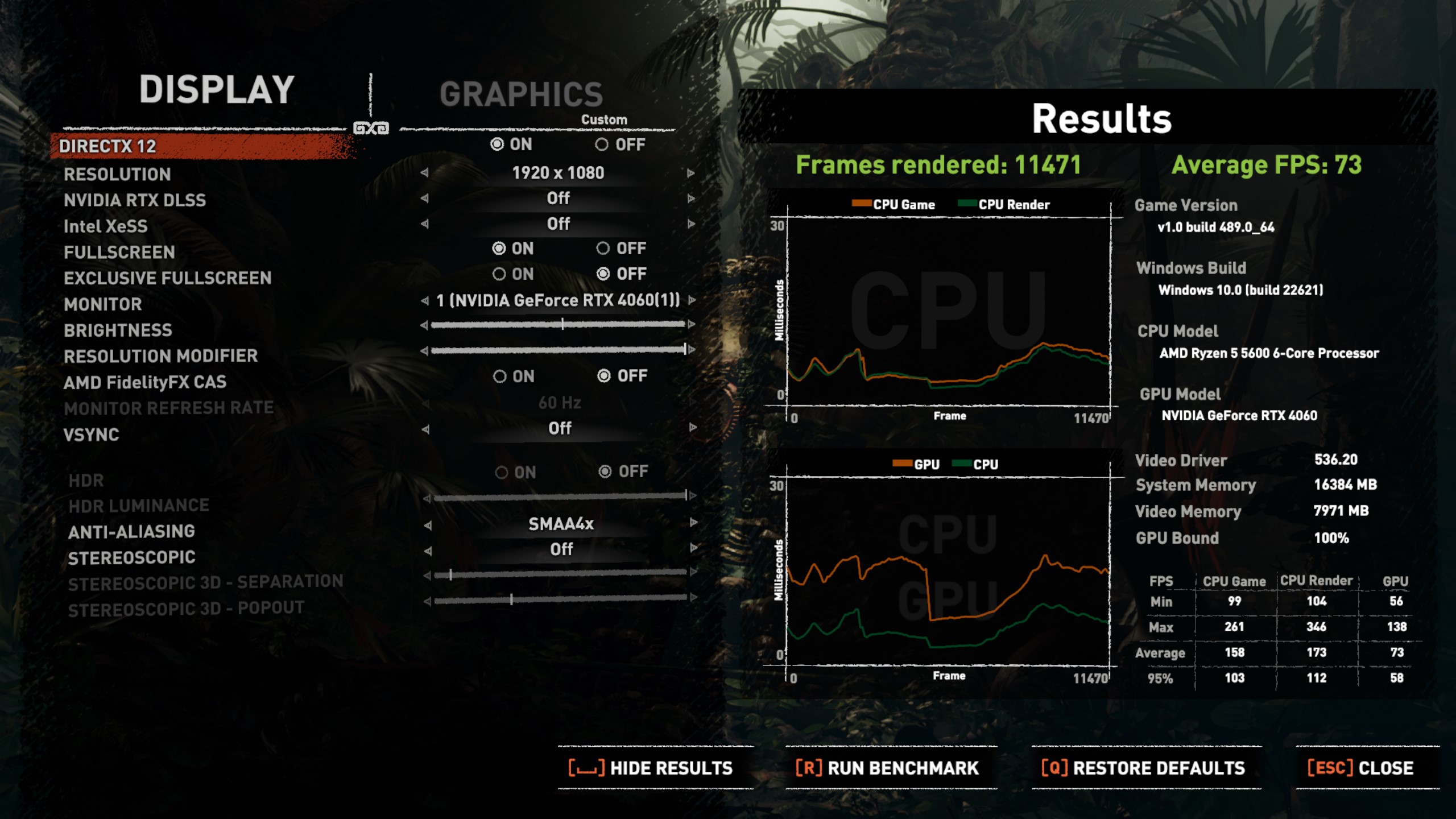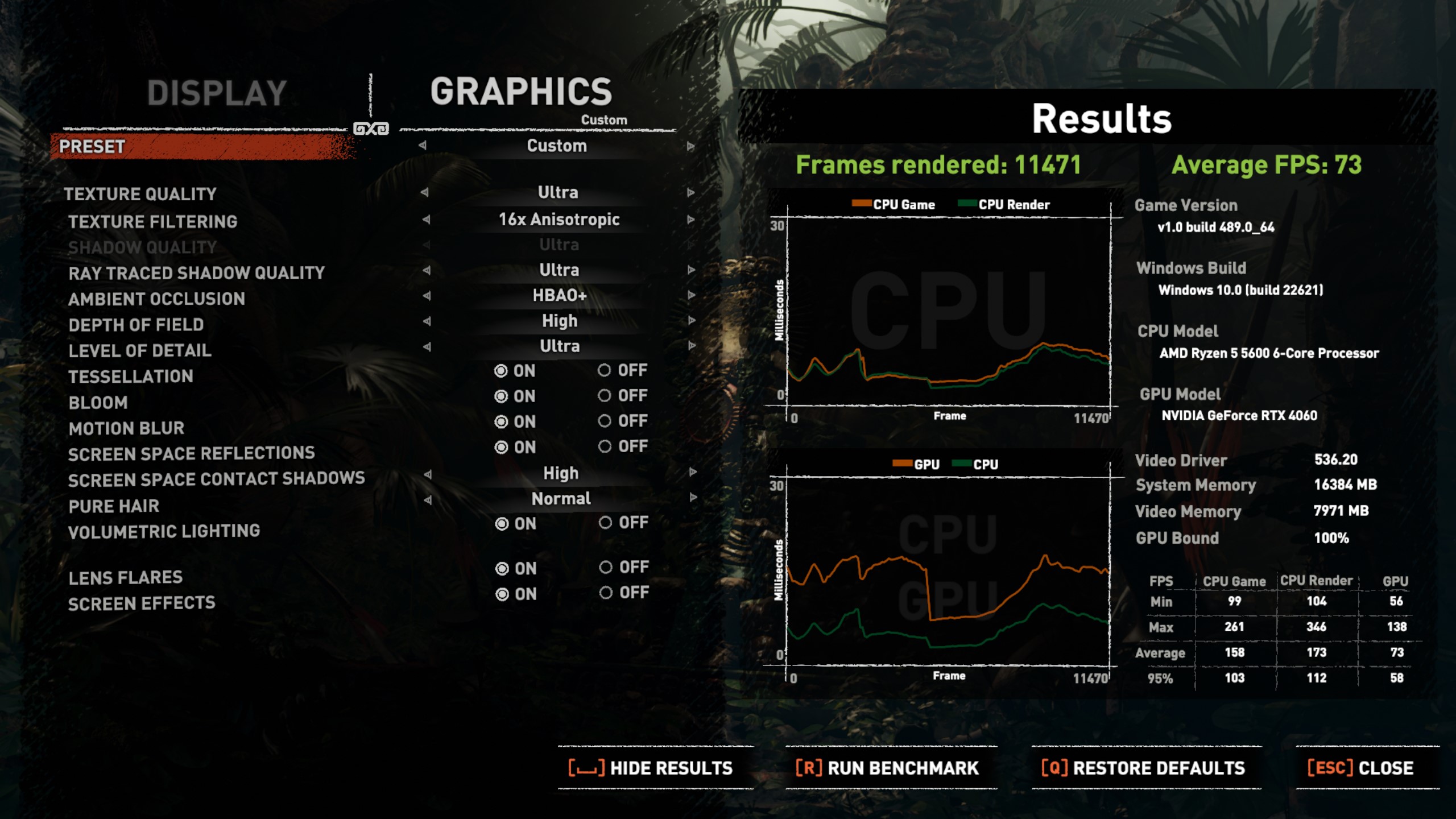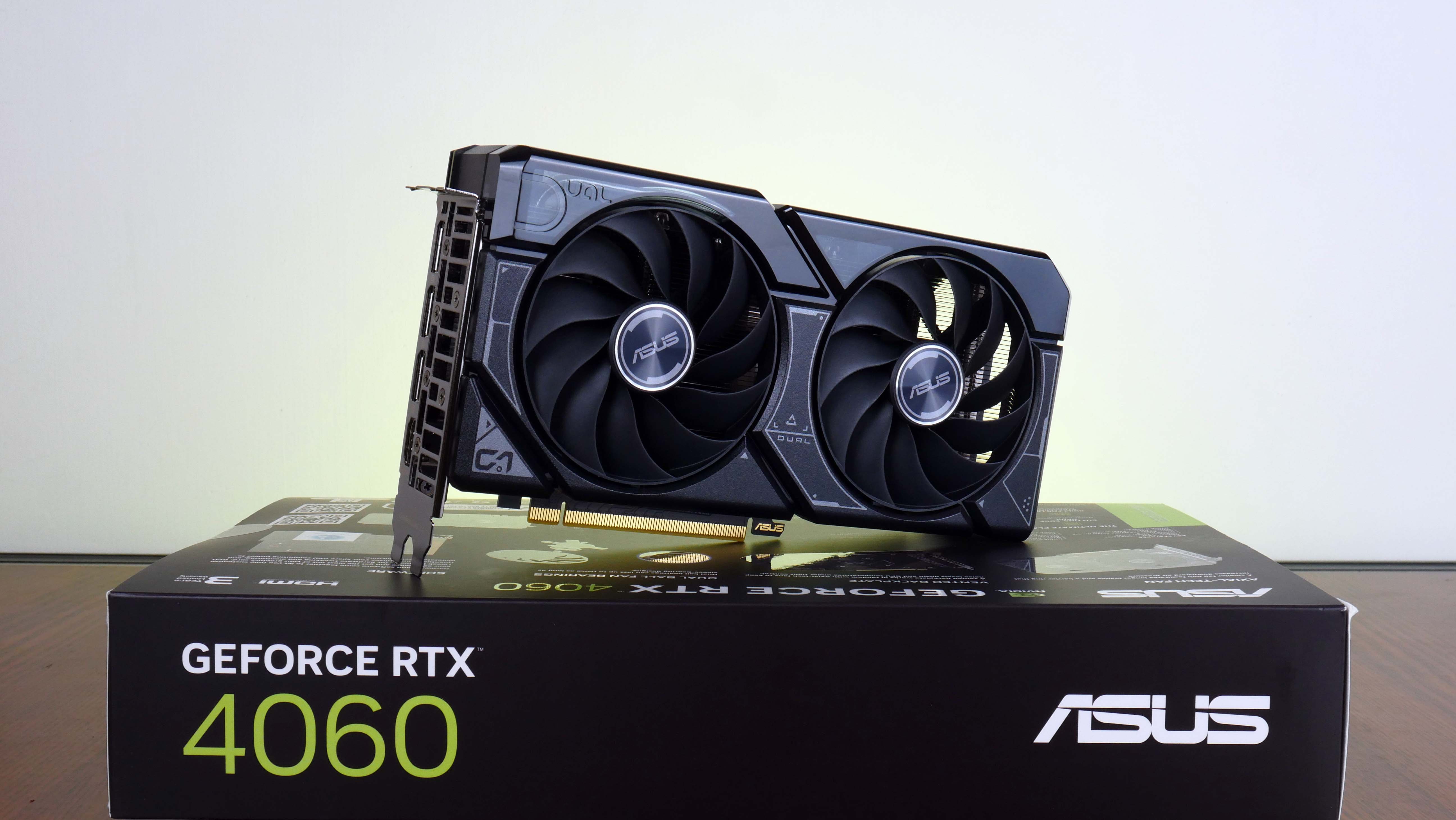The ASUS Dual GeForce RTX 4060 OC Edition 8GB GDDR6 sports a compact and sleek-looking aesthetic that helps it stand out amongst other budget-friendlier RTX 4060 graphics card offerings.
Less-than-stellar reviews of NVIDIA's mid-range RTX 4060 Ti GPU have been in no short supply, with reviewers lamenting the 4060 Ti's poor pricing, especially given how much of a generational leap in performance (hint: not much) it serves up against its predecessor, the RTX 3060 Ti, and NVIDIA's questionable choice of equipping the GPU with just 8GB of VRAM (barring the fact that we'll be seeing a 16GB variant of the 4060 Ti on the horizon soon). Couple these factors with the steady reduction in prices for brand new and secondhand previous-gen graphics cards, it can be hard to make a case for someone to purchase a brand new 4060 Ti.
In view of the RTX 4060 Ti's lacklustre performance and pricing, is the latest "Ada Lovelace" kid on the block, the RTX 4060, dead-on-arrival (to use the internet brigade's favourite term of late) for Team Green's offerings? For today's article, ALKtech checks out a RTX 4060 graphics card that sports a pretty interesting-looking aesthetic and a factory overclock to boot: the ASUS Dual GeForce RTX 4060 OC Edition 8GB GDDR6. Read on to see how this card performs with a mix of synthetic and gaming benchmark tests at the 1440p and 1080p resolution, when paired with a mid-range CPU, the AMD Ryzen 5 5600.
Summary of Specifications (DUAL-RTX4060-O8G)
- GPU: NVIDIA GeForce RTX 4060 (AD107)
- 3072 CUDA cores
- Memory: 8GB GDDR6 RAM (128-bit, 17 Gbps)
- Clock Speeds:
- OC Mode: 2535 MHz (Boost Clock)
- Default Mode: 2505 MHz (Boost Clock)
- Bus Interface: PCIe 4.0 x8
- Outputs: 1x HDMI 2.1a, 3x DisplayPort 1.4a
- External Power Required: Yes, 1x 8-pin
- Recommended PSU Wattage: 550W and above
- Dimensions: 227.2mm x 123.24mm x 49.6mm
- Thickness: 2.5 slots thick
- Official ASUS product page: https://www.asus.com/sg/motherboards-components/graphics-cards/dual/dual-rtx4060-o8g/
Packaging & Accessories
The ASUS Dual GeForce RTX 4060 OC Edition 8GB GDDR6 comes in a box with an outer sleeve that sports a black, green and silver colourway, with the rear of the sleeve giving the usual overview of features and specifications for this graphics card.
Removing the outer box sleeve reveals a black cardboard box that holds the graphics card. In terms of accessories, ASUS has included the following:
- Collectible card
- Warranty card
- Quick start guide
- Mobile phone holder
For a walkthrough of the accessories that come included with the card, be sure to check out the YouTube video embedded at the start of this article. That said, an interesting accessory that ASUS has included is a mobile phone holder, which comprises a series of cardboard punch-outs that require assembly before use.
Aesthetics & Physical Features
The Dual GeForce RTX 4060 OC Edition 8GB GDDR6 sports dual Axial-tech fans with double ball bearings for better cooling efficiency. As can be seen, the fan shroud sports a rather interesting aesthetic, with motifs that are reminiscent of those found on...spaceships? For added visual interest, the said shroud is constructed of both translucent and opaque plastic, which lends the card a rather distinctive appearance.
Ardent fans of ASUS's products would probably have realised by now, that the brand has gone for the same design language for the rest of its Dual line-up that is powered by NVIDIA's GeForce RTX 4000 series of GPUs (namely the Dual RTX 4070 and Dual RTX 4060 Ti).
To ensure structural rigidity of the graphics card, ASUS has included an aluminium backplate that comes embellished with spaceship-inspired motifs.
A refreshing break from the usual chonky graphics cards of late, the Dual GeForce RTX 4060 sports a relatively svelte 2.5 slot design courtesy of its compact cooler design.
Along the long edge of the graphics card is a Performance/Quiet mode switch, which allows end-users to toggle between two fan profiles to suit their respective usage scenarios. According to ASUS, the Quiet mode utilises a less aggressive fan curve for quieter operation at medium temperature levels.
Given that the RTX 4060 GPU sips power with a TGP figure of just 115W, a single 8-pin PCIe power connector is all that's needed to power the Dual GeForce RTX 4060 OC Edition.
GPU-Z Screenshot
Testing Methodology
To get a sensing of the card's performance, the following tests were run:
Synthetics
- 3DMark Time Spy v1.2
Gameplay
- Cyberpunk 2077 v1.63 in-game benchmark
- Shadow of the Tomb Raider in-game benchmark
- Fortnite (Actual Gameplay)
All tests above were run at the 1440p resolution with the card set to the "Performance" mode. In addition, test runs on the Cyberpunk 2077 in-game benchmark and Shadow of the Tomb Raider in-game benchmark at 1080p resolution were also conducted, so as to get a flavour of the card's performance at 1080p.
The results shown below were taken from benchmark runs that were performed without any screen capture software running in the background. Where necessary, readouts from MSI Afterburner as well as HWiNFO64 were obtained so as to measure FPS performance and other relevant performance metrics.
Test Setup
To put the graphics card through its paces, a test bench with the specifications below was used:
- CPU: AMD Ryzen 5 5600
- CPU Cooler: Cooler Master Hyper 212 Halo Black
- CPU Thermal Paste: Cooler Master MasterGel Pro
- Motherboard: Gigabyte X570 GAMING X Rev. 1.1 (BIOS F38b)
- Memory: 16GB (2x8GB) Kingston HyperX Fury DDR4 3200 CL16
- Storage: Gigabye NVMe SSD 512GB (GP-GSM2NE3512GNTD)
- Graphics Card: ASUS Dual GeForce RTX 4060 OC Edition 8GB GDDR6
- PSU: Cooler Master V1000 80 PLUS Gold
- Case: OEM open-air test bench
- Monitor: Gigabyte G27Q 27" LCD monitor (144 Hz, 1440p)
- OS: Microsoft Windows 11 Pro (22H2)
- Graphics Driver: NVIDIA Game Ready Driver 536.20
- Resizable BAR: Enabled
3DMark Time Spy v1.2
With the 3DMark Time Spy test, the test bench achieved a graphics score of 10640, a CPU score of 8014 and an overall Time Spy score of 10141.
Cyberpunk 2077 v1.63 In-game Benchmark
With Cyberpunk 2077 v1.63's built-in benchmark tool, the test bench attains an average FPS of 47.98, a minimum FPS of 39.33 and a maximum FPS of 64.11 - these results were obtained on the 1440p resolution using the "Ultra" graphics preset with ray tracing disabled, and all upscaling technologies such as AMD's FSR and NVIDIA's DLSS switched off.
Test runs on the "Ray Tracing Low" preset at 1440p resolution were also conducted to get a sensing of the GPU's ray tracing chops, with DLSS disabled and enabled on different test runs so as to determine the amount of performance uplift one could get by enabling NVIDIA's upscaling feature.
With DLSS disabled, the test system achieved an average FPS of 42.90, a minimum FPS of 33.70 and a maximum FPS of 54.87. Enabling DLSS on the "Auto" mode increases the average FPS figure by around 51%, with an average FPS of 64.92, a minimum FPS of 53.16 and a maximum FPS of 89.76.
In terms of visual quality with DLSS enabled, for the most part, I did not observe any graphical distortion or artifacts, except for one scene at the El Coyote Cojo bar as pictured above, where I did notice that the drain covers on the floor exhibited signs of distortion when DLSS was enabled.
Dialing the resolution down to 1080p, the test setup achieved an average FPS of 79.11, a minimum FPS of 56.22 and a maximum FPS of 105.28 while on the "Ultra" graphics preset with ray tracing disabled, and all upscaling technologies such as AMD's FSR 2.1 and NVIDIA's DLSS switched off.
Test runs on the "Ray Tracing Low" preset at 1080p resolution were also conducted, with DLSS disabled and enabled on different test runs to determine the amount of performance uplift with upscaling. With DLSS disabled, the test system achieves an average FPS of 70.16, a minimum FPS of 53.64 and a maximum FPS of 89.07. Enabling DLSS on the "Auto" mode increases the average FPS figure by around 23%, with an average FPS of 87.58, a minimum FPS of 57.85 and a maximum FPS of 132.97.
Shadow of the Tomb Raider In-game Benchmark
With Shadow of the Tomb Raider's in-game benchmark test, the test bench achieved an average FPS of 46 when tested on the 1440p resolution. For the test, all graphics settings were turned up to the highest possible settings, where Ray Tracing Shadow Quality was set to "Ultra" and all forms of upscaling technologies (e.g. DLSS, XeSS) were disabled.
Bumping the resolution down to 1080p, the test bench achieved an average FPS of 73. Again, all graphics settings were turned up to the highest possible settings, where Ray Tracing Shadow Quality was set to "Ultra" and all forms of upscaling technologies (e.g. DLSS, XeSS) were disabled.
Fortnite (Actual Gameplay)
To get a sensing of real world gaming performance, I played several rounds of Fortnite on the test bench, which saw the system achieve an average FPS of 110.6, a minimum FPS of 96.3 and a maximum FPS of 125.2. The game was set to the Medium quality preset on the 1440p resolution with hardware ray tracing disabled, Temporal Super Resolution set to the "Native" setting, anti-aliasing and super resolution set to the "TSR High" option, Nanite Virtualised Geometry disabled, as well as Global Illumination and Reflections set to the "Ambient Occlusion" and "Screen Space" settings respectively. The FPS figures were obtained via MSI Afterburner, which was used to track the game's performance in the background.
Power Consumption, Thermals & Acoustics
Power Consumption
Under Load (Fortnite Gameplay)
- Avg. GPU Power: 114.8W
- Min. GPU Power: 110.5W
- Max. GPU Power: 116.0W
The figures above were obtained from "GPU Power" readouts from HWiNFO64.
Thermals
Under Load (Fortnite Gameplay)
- Avg. GPU Temperature: 63.5°C
- Min. GPU Temperature: 61.2°C
- Max. GPU Temperature: 65.0°C
- Avg. GPU Hot Spot Temperature: 75.1°C
- Min. GPU Hot Spot Temperature: 71.2°C
- Max. GPU Hot Spot Temperature: 77.8°C
The figures above were obtained from "GPU Temperature" & "GPU Hot Spot Temperature" readouts from HWiNFO64.
Ambient Temperature of Surroundings: ~30°C
In terms of acoustics, the card's dual fans were relatively quiet even when the test bench was under heavy graphics loads, while using the card's default fan profile on the "Performance" BIOS mode. There was minimal coil whine, where I could detect a faint buzzing noise that wasn't very loud and probably would be inaudible once the card is installed inside of an enclosed PC case.
Conclusion & Pricing
Given the performance of the RTX 4060 GPU, the ASUS Dual GeForce RTX 4060 OC Edition 8GB GDDR6 would be well-suited for 1080p gaming workloads, where its power efficiency is a plus point - during testing, the ASUS card drew around 115W of power, making it a good choice for compact mid-range gaming PC builds. While end-users might get away with gaming at 1440p resolution on this card, sacrifices will obviously have to be made in terms of quality settings, especially given the card's paltry 8GBs of VRAM.
The biggest elephant in the room though, would have to be its price relative to previous generation GPU offerings, such as AMD's Radeon RX 6700 XT or even NVIDIA's GeForce RTX 3060 TI, where these two GPUs perform better than the 4060 (albeit while drawing more power), and are sitting at prices that are slightly more than the MSRP of US$299 that NVIDIA is quoting for its RTX 4060. Should we see attractive discounts for previous-gen GPUs in the coming weeks, as retailers seek to clear inventory, the RTX 4060 may not be such a compelling option under such circumstances.
As of its launch on 29 June 2023, the ASUS Dual GeForce RTX 4060 OC Edition 8GB GDDR6 has a recommended retail price of $299 US dollars.
Get this card from Amazon: https://amzn.to/3NOIXQK (affiliate link)
Get this card from Shopee Singapore: https://s.shopee.sg/4VM22h6lts (affiliate link)
ALKtech may earn commissions from qualifying purchases made using affiliate links, at no extra cost to you as a customer. These commissions go a long way in supporting the platform!
The graphics card featured in this article was a review unit provided on loan from ASUS Singapore.
%20500x1200.png?width=200&height=83&name=ALK%20Tech%20Logo%20(TransparentTextured)%20500x1200.png)
.jpg?width=1920&height=1080&name=Packaging%20(Front).jpg)
.jpg?width=1920&height=1080&name=Packaging%20(Rear).jpg)
.jpg?width=1920&height=1080&name=Packaging%20(Internal).jpg)
.jpg?width=1920&height=1080&name=Packaging%20(Accessories).jpg)
.jpg?width=1920&height=1080&name=Aesthetics%20(Front).jpg)
.jpg?width=1920&height=1080&name=Aesthetics%20(Rear).jpg)
.jpg?width=1920&height=1080&name=Aesthetics%20(Top%20Profile).jpg)
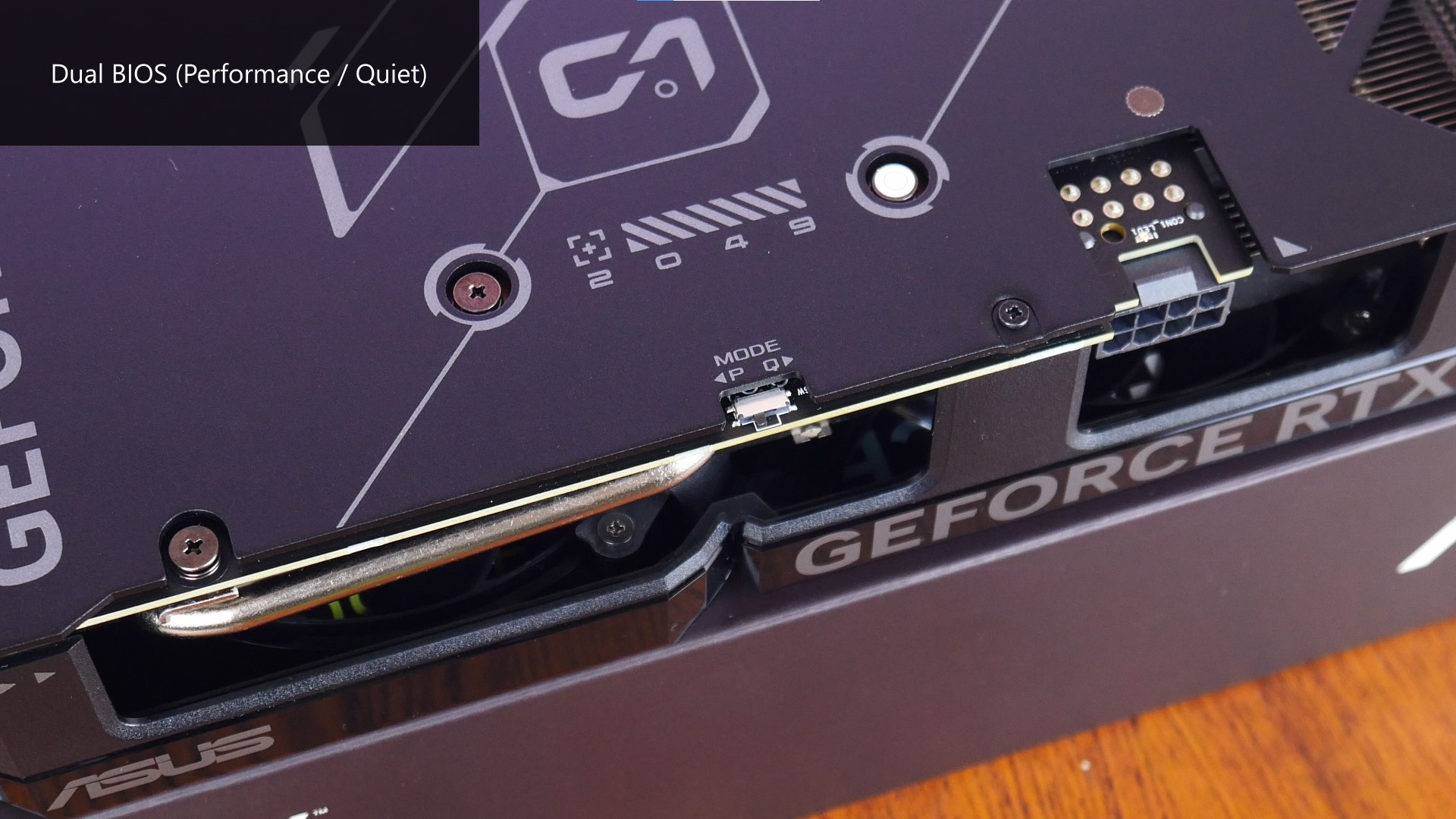
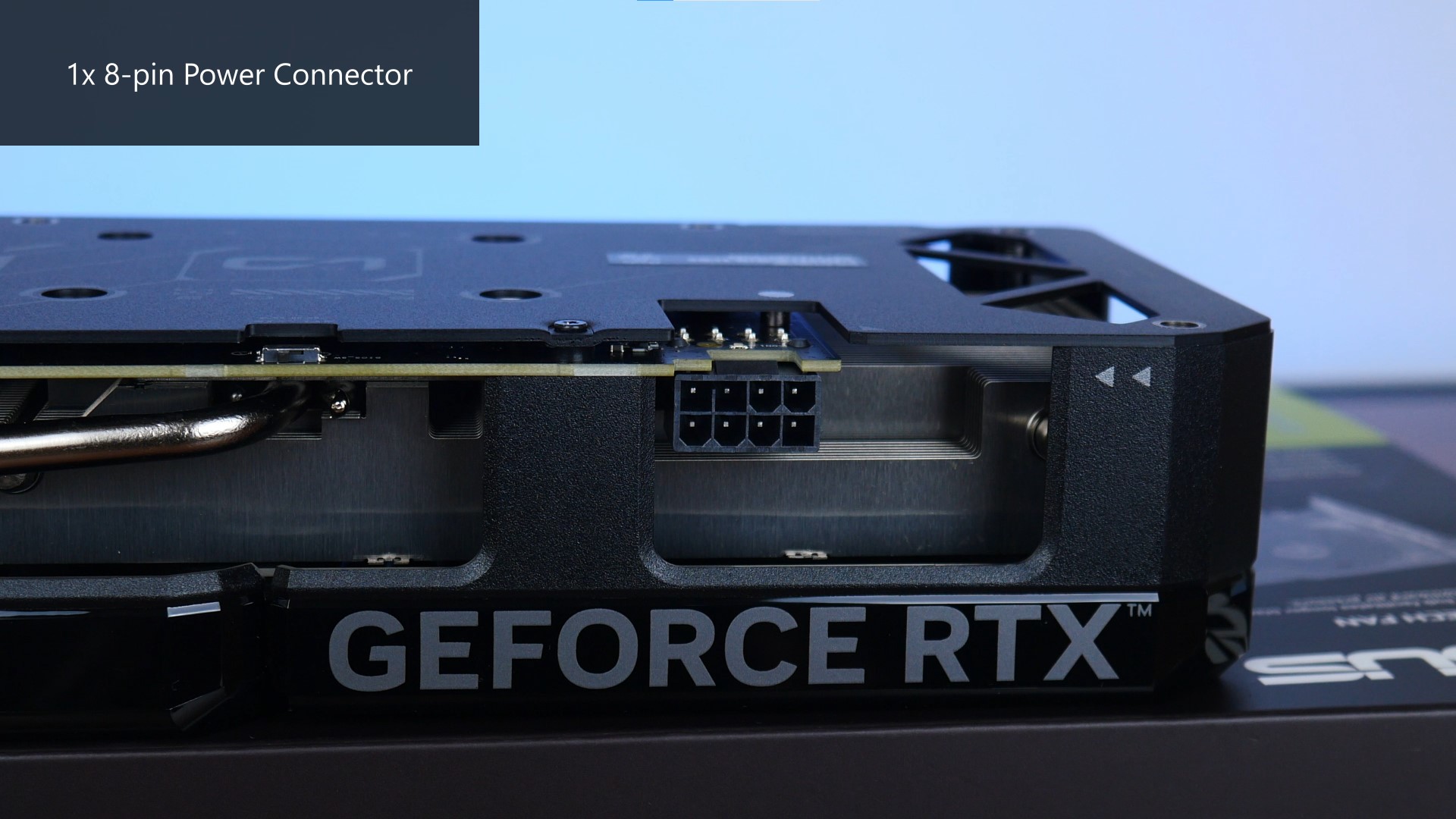
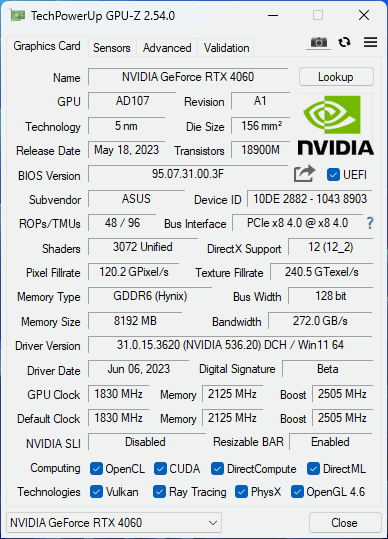
.jpg?width=1920&height=1080&name=Test%20Setup%20(2).jpg)
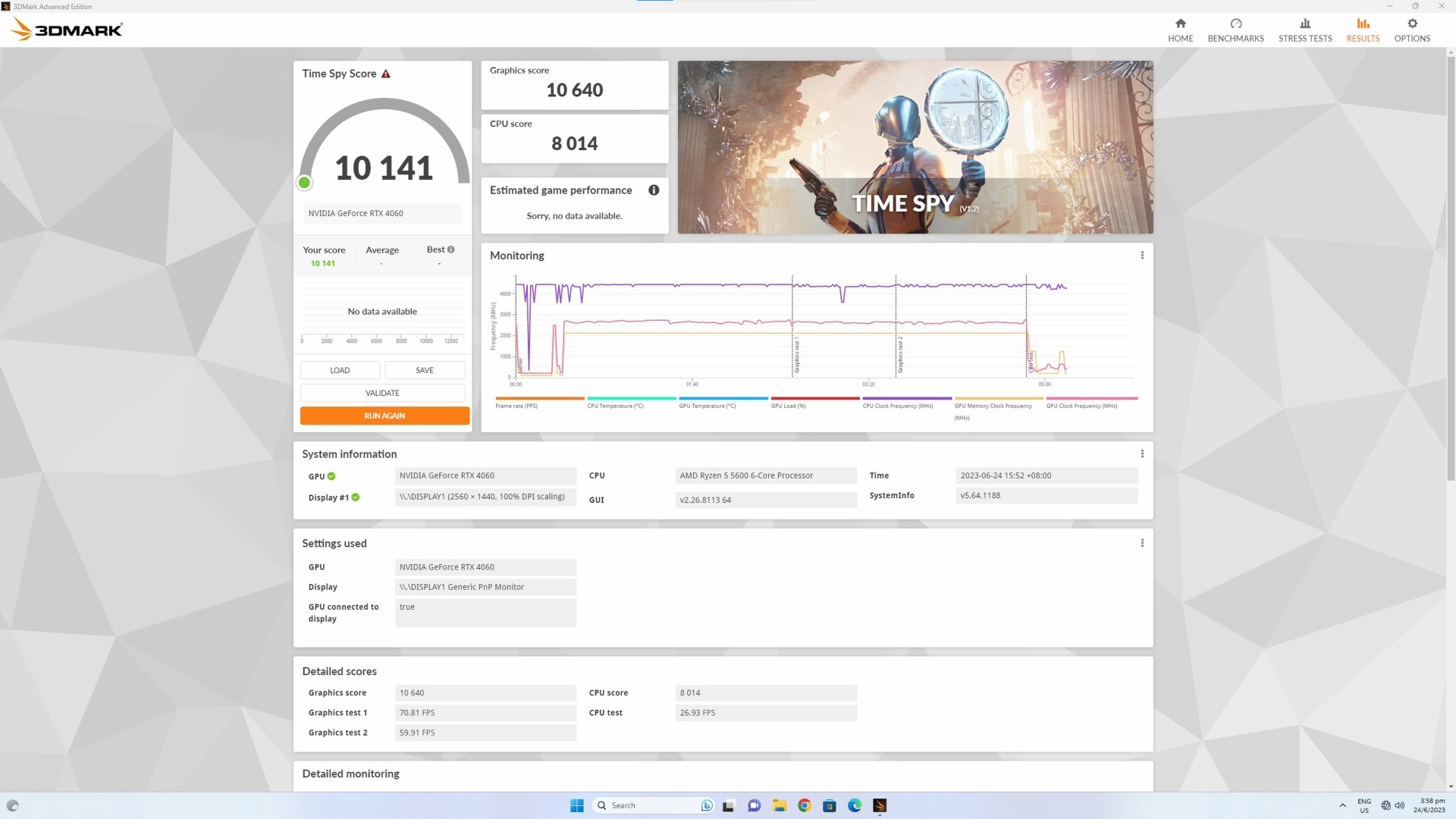
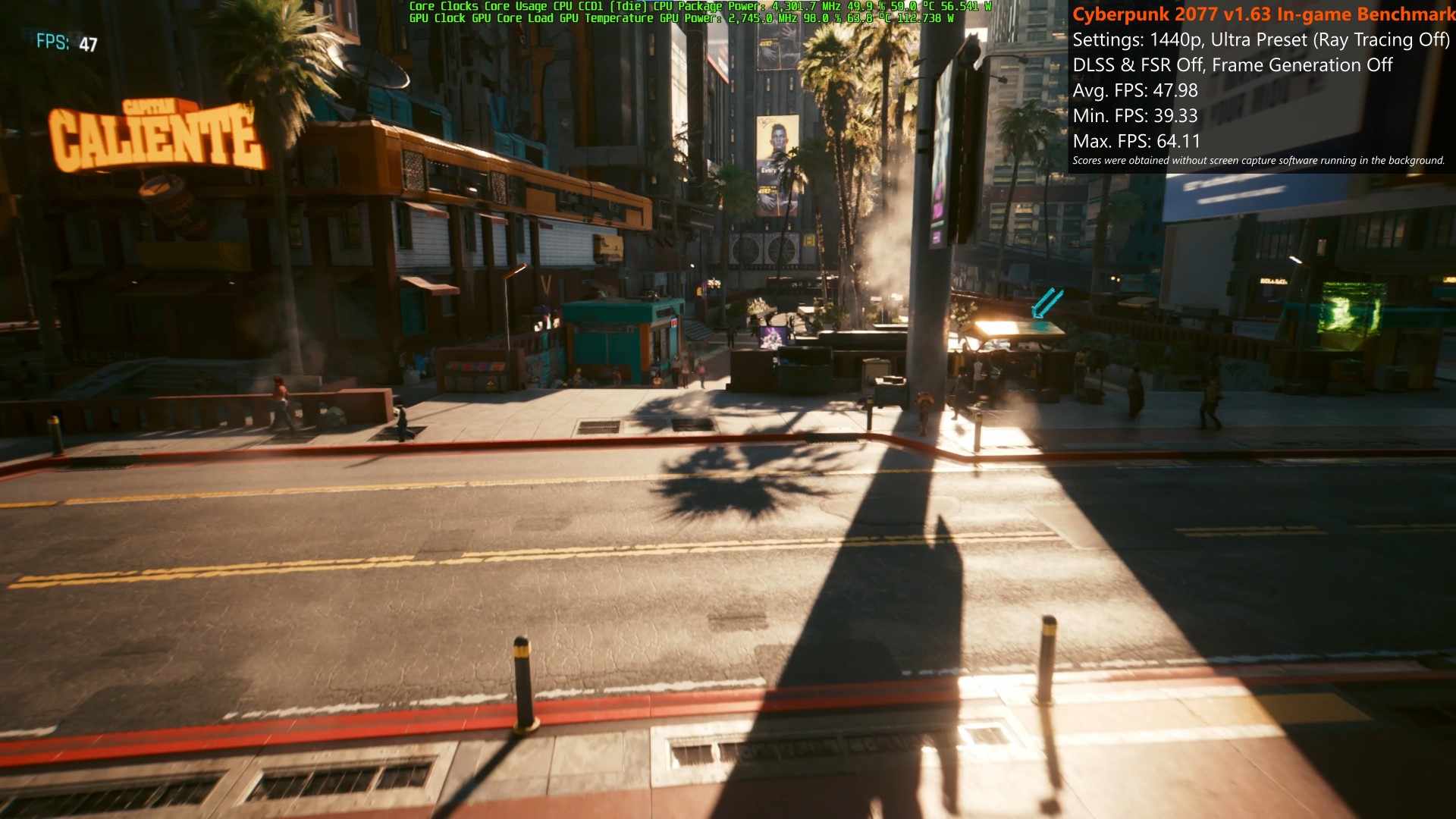
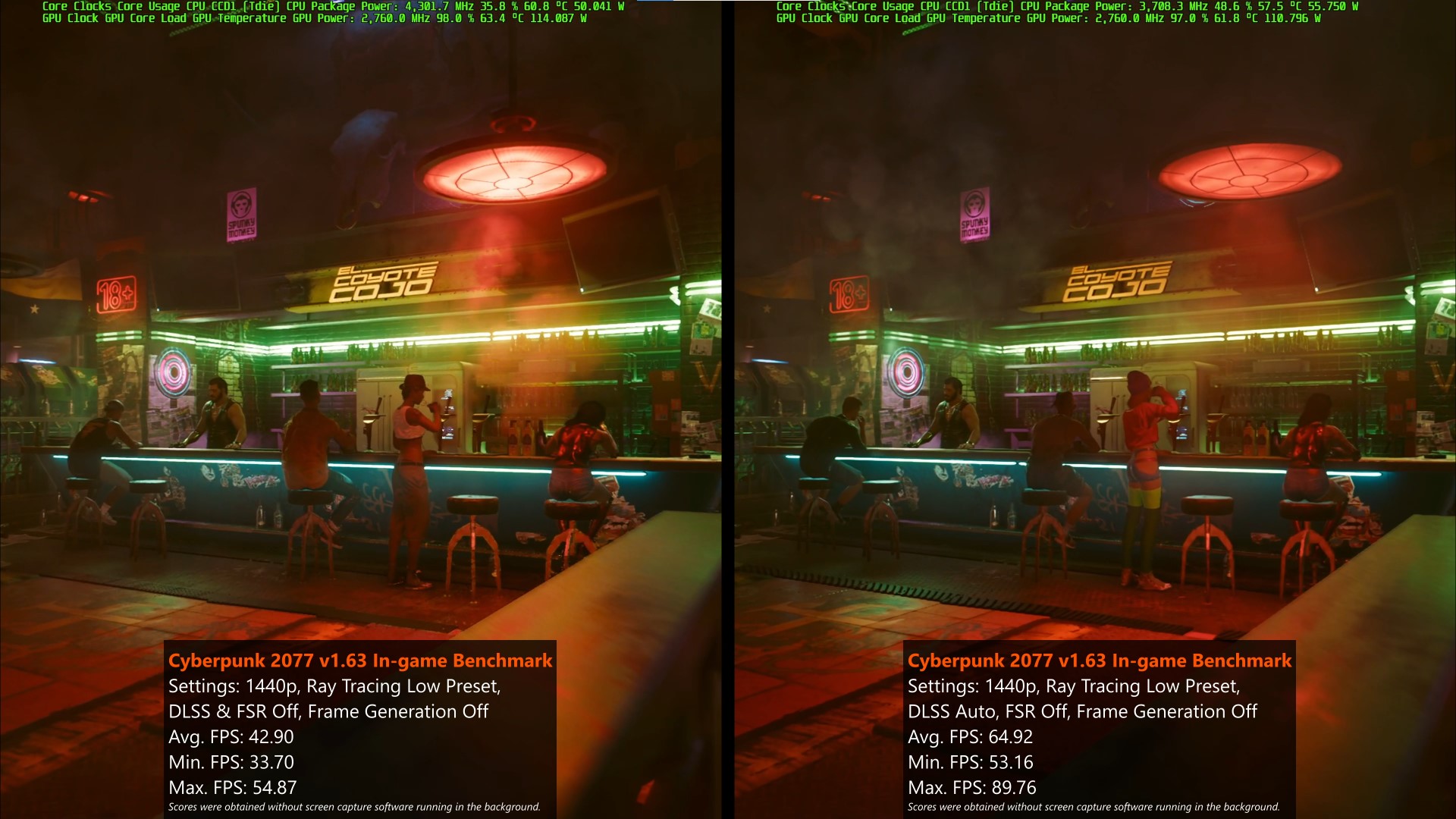
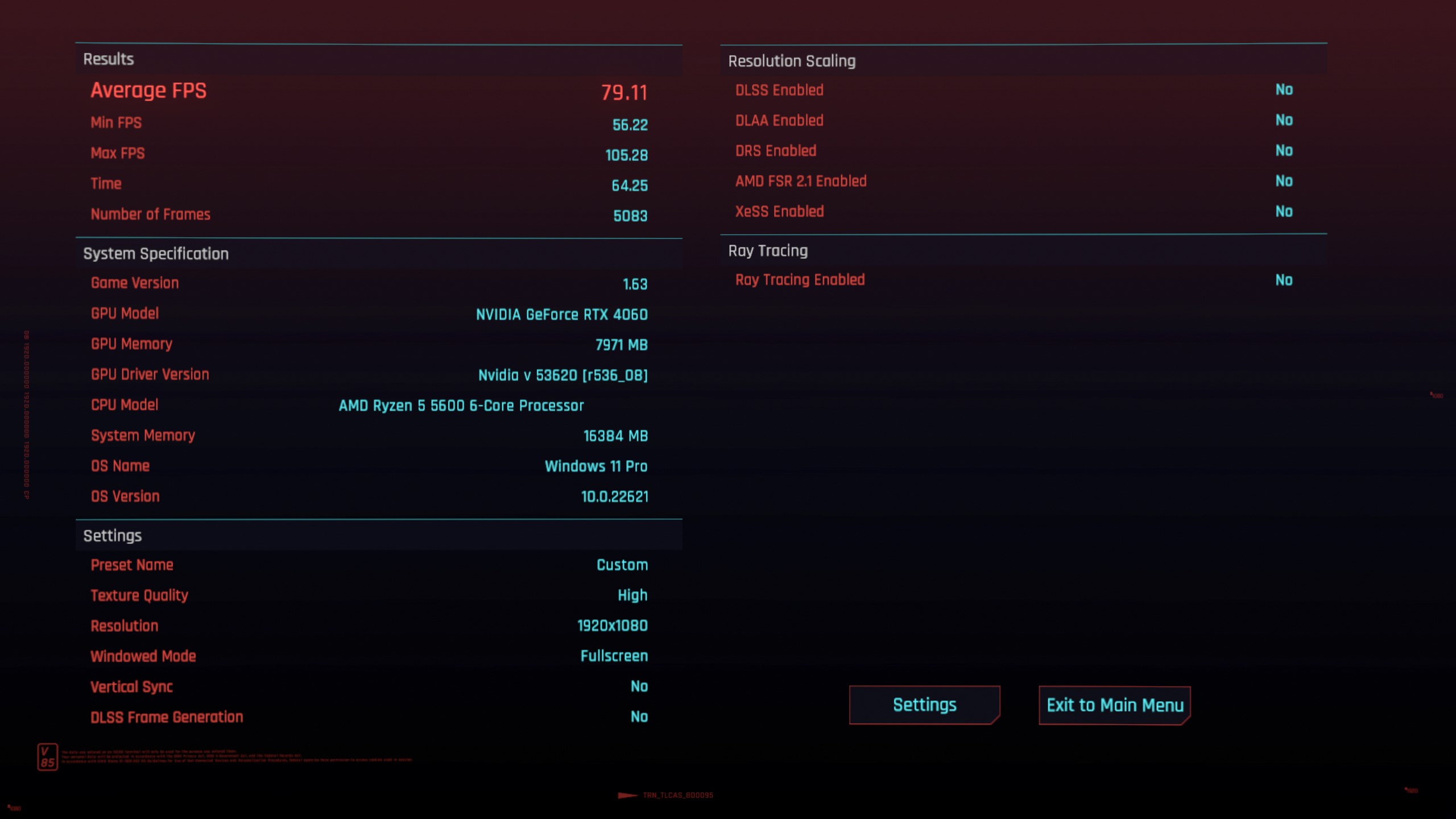
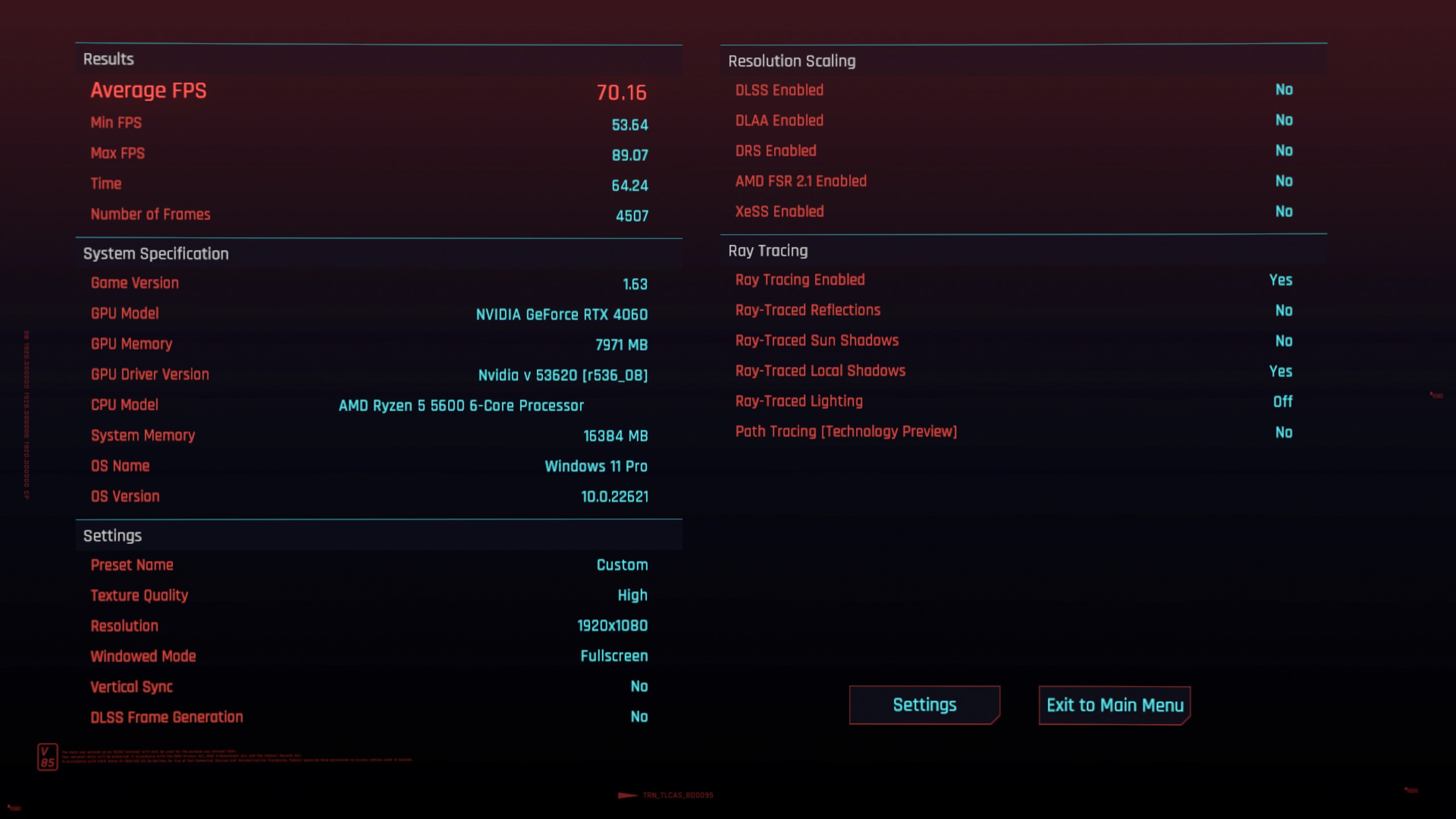
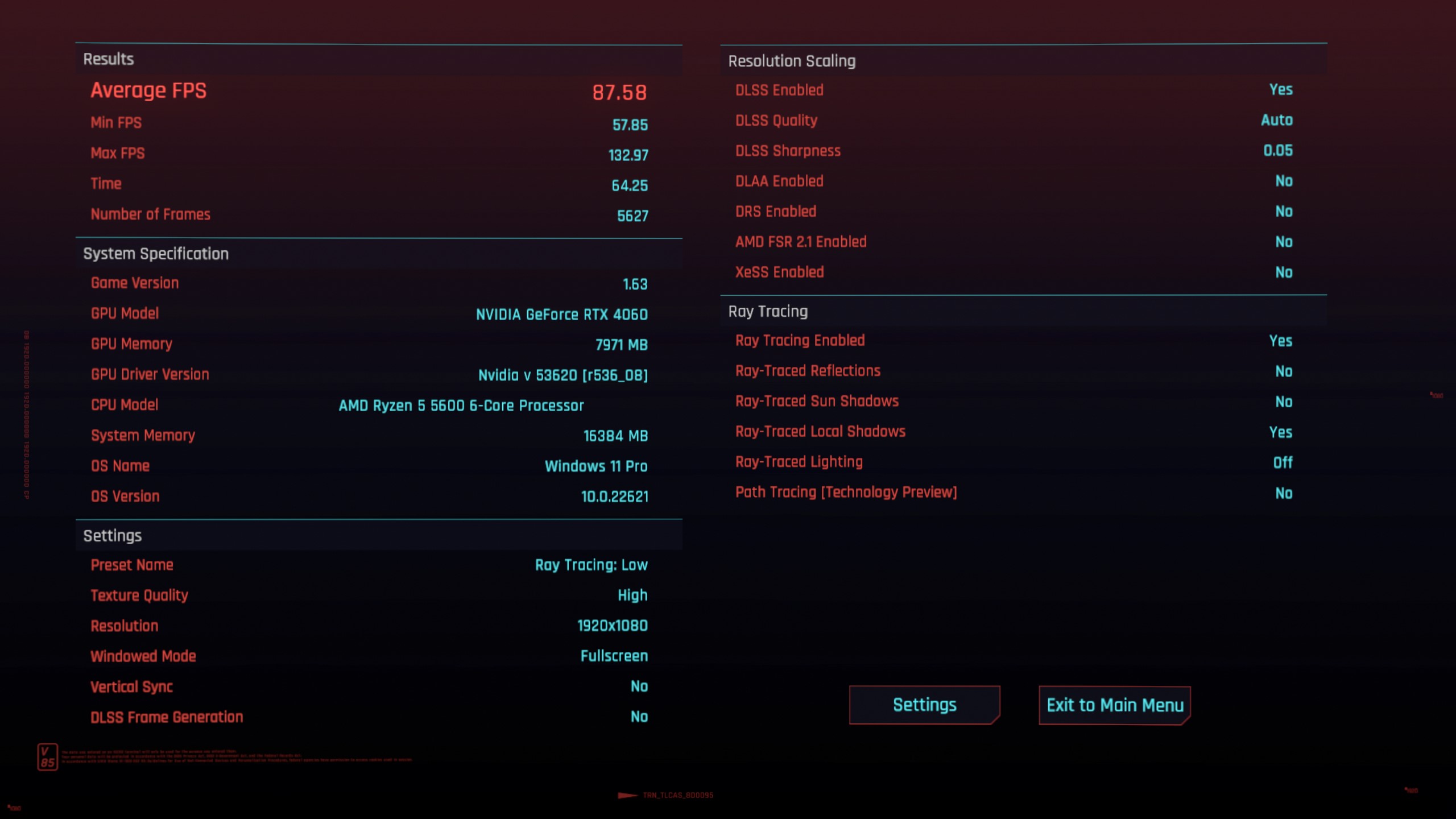

.jpg?width=1920&height=1080&name=Shadow%20of%20the%20Tomb%20Raider%20Benchmark%20Results%20(1).jpg)
.jpg?width=1920&height=1080&name=Shadow%20of%20the%20Tomb%20Raider%20Benchmark%20Results%20(2).jpg)
